Home / A Conversation with Diana Campbell, Artistic Director of the new Bukhara Biennial
Share this article:
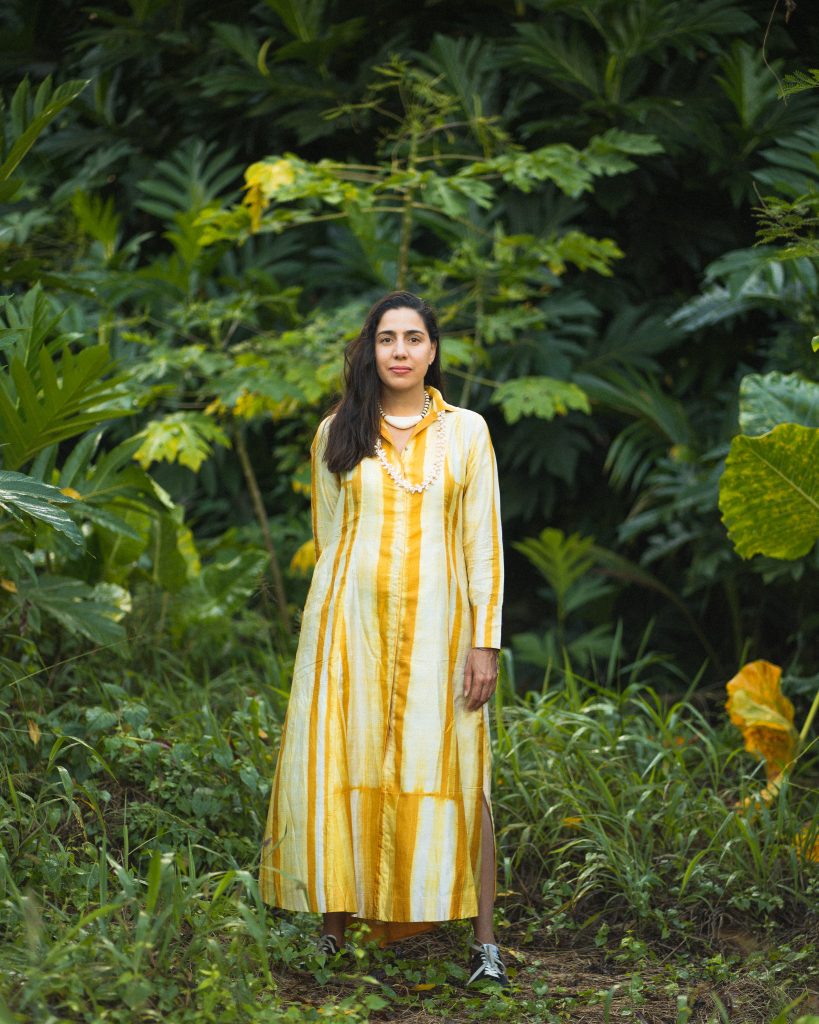
Diana Campbell, Artistic Director, Bukhara Biennial.
What makes Bukhara a special place for a biennial?
Diana Campbell (DC): Bukhara is such an interesting place because it was a centre for learning for centuries. It was a locus point for people from across the world who would come to gain spiritual, religious and worldly knowledge. Uzbekistan was also at the forefront of astronomy. Because of how history has played out, Bukhara has been disconnected for much of the last century. The biennial is a very special opportunity to re-connect [the city to the world].
Can you share the story behind the title “Recipes for Broken Hearts”?
DC: It comes from a myth of Ibn Sina [a preeminent philosopher also known as Avicenna in the West] making plov, the national dish of Uzbekistan as a recipe to cure the broken heart of a prince who couldn’t marry the daughter of a craftsman.
The biennial will spotlight local talent. Can you share some highlights?
DC: There are so many artists here, and there isn’t much information about them on the internet. There’s a young Uzbek-Korean diaspora artist named Daria Kim, for instance. Her project will engage with the many histories of the Korean diaspora in Uzbekistan. She will [harness] the Nuron Gallery’s collection of approximately 1,400 works by Korean-Uzbek artists [to create a video work]. Another artist is Jahongir Boboqulov who paints on mattress foam. He is capturing what prayers feel like to him. The works have so much texture and depth when you see them in person.
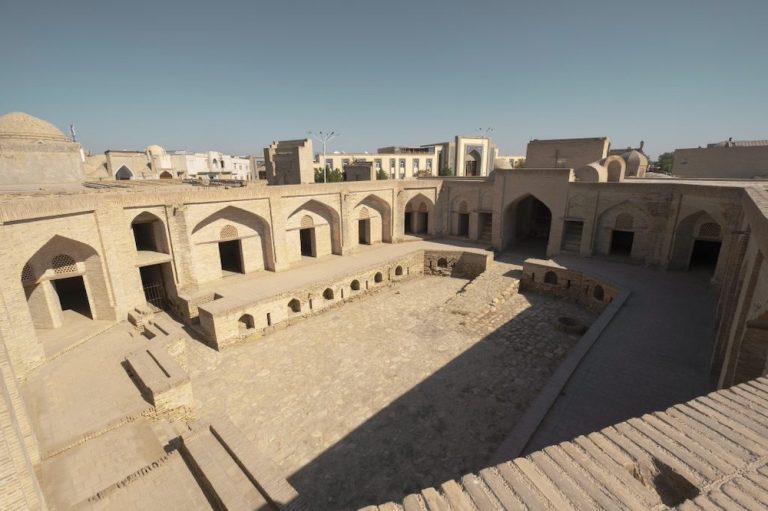
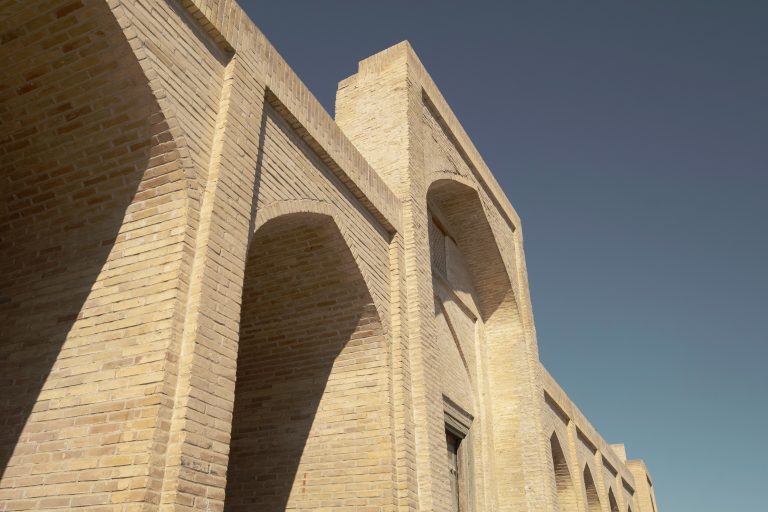
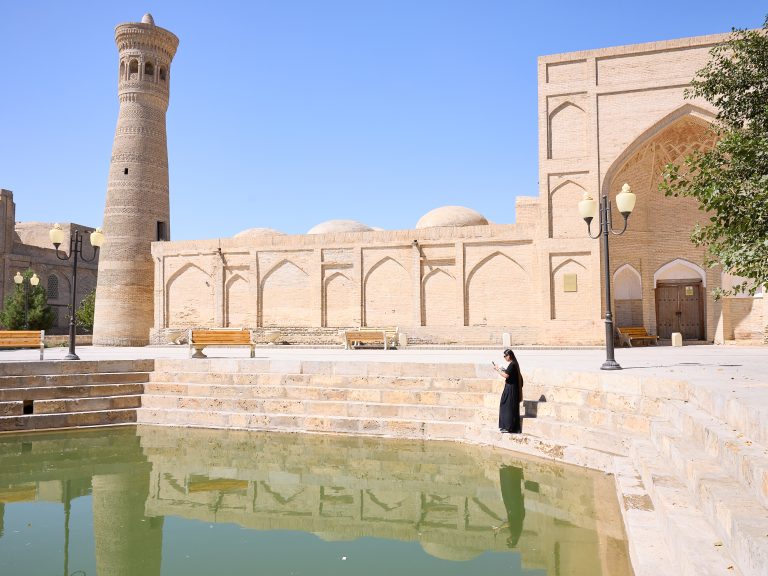
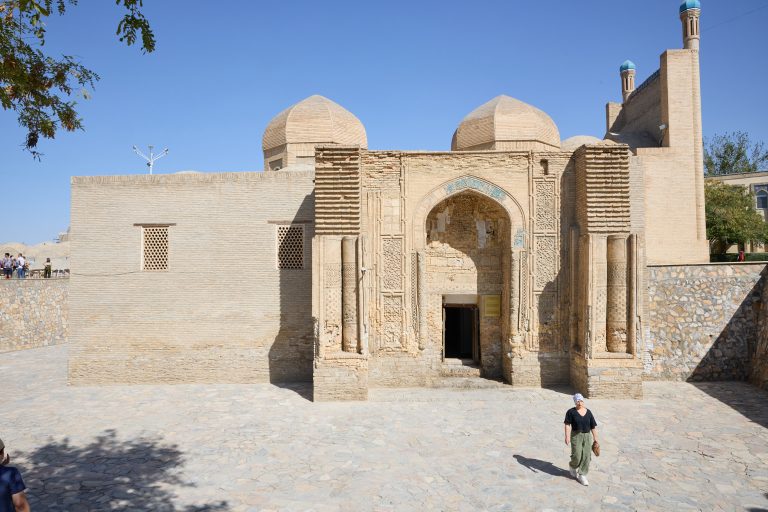

Can you introduce the historic sites which you will use across the city?
DC: The biennial will take place in several heritage sites like former madrasas and mosques, which have been closed off but we are restoring them now. We will be using a Chinese caravanserai and a Tatar caravanserai, which were historically used like motels along the Silk Road. We will also use a trading dome that was the gate for the Indian traders [entering] Bukhara. Another site is a former Zoroastrian fire temple which became a mosque. It was later used as a synagogue before becoming a carpet museum. It’s interesting to see these layers of history in one building. There’s not a single white cube space and no museum conditions. In Uzbekistan, artists are not making work in an air-conditioned, humidity-free context so we are also thinking about the climate when we commission work. Beyond the exhibitions, there’s a lot of architectural history in the city. When you walk through Bukhara, you’ll see building facades with incredible mosaics that look like artworks. I don’t think there is any other project in the world like this.
You were the founding artistic director of Bellas Artes Projects in the Philippines and currently helm the Dhaka Art Summit in Bangladesh. Do you see similarities between Uzbekistan and these regions?
DC: Yes, there are many. I never thought that my curatorial expertise contained working with artisans and craft but when I look back, it absolutely does. Bellas Artes Projects, for instance, was an artisan-meets-artist residency program. The Bukhara Biennial is a really interesting context to take what I learned from both Bellas Artes Projects and the Dhaka Art Summit and try to use that knowledge and push it forward because Uzbekistan is full of artisans. Uzbeks have held on to incredible handicraft traditions which also carry traces of Zoroastrian and Buddhist history as well as so many other histories… All of the works in the biennial will incorporate craft in some way. One example of an Uzbek artisan is miniature painter Davlat Toshev who will collaborate with students whom he teaches in Bukhara including children with special needs.
You’ve described the biennial as an “expanded feast to explore the healing power of art.” Can you elaborate?
DC: There will be different kinds of healing [seen in the works on view]. For example, we have Belgium-based artist Hana Miletić who takes photographs of vernacular repairs she sees in the street (i.e. a taped broken window) and she weaves the images into sculptures. That’s one kind of care and repair. Music is another form of healing. There will be musical performances as well as music-based artwork in the biennial. I also love the field of neuroaesthetics, which looks at how beauty and aesthetics can change your feelings and heal you. So this will be explored.
Zooming out from the biennial, can you speak about how the broader contemporary art scene in Central Asia is developing?
DC: It’s booming at the moment. There are two private museums opening in Kazakhstan. One of the artists in our biennial is also going to a feminist conference in Kyrgyzstan, which is convening artists. The whole region is trying to create art infrastructure. But if a curator wants to come to Uzbekistan, it would be hard to know where to go because a lot of artists don’t have studios and information is not easily available online. The biennial is trying to make it easier for people who want to research Central Asia to find that knowledge.
Have you observed a growing dialogue or exchange taking place between creative communities in Central Asia and Southeast Asia?
DC: Not yet, but they want to be in dialogue so that’s exciting. Just as Singapore has been building a platform for Southeast Asian art over time, we are in the process of building [connections with other regions]. Personally, I’ve been spending time doing research in Southeast Asia. We will be showing Bandung-based Japanese-born artist Kei Imazu in the biennial. Uzbekistan is also collaborating with Indonesia on the World Conference on Creative Economy, which is coming to Uzbekistan in early October
It isn’t often that you see a biennial which showcases design, cooking, craft, dance and music alongside contemporary art. What inspired this interdisciplinary approach?
DC: I think that seeing how art and life meet is much more interesting than seeing a painting in an air-conditioned room with controlled lighting. In Bangladesh, I saw how the word ‘artist’ is a much more expansive word than how it’s often seen in the Western art world. Uzbekistan also doesn’t look at art in [silos]. If you look at loaves of Uzbek bread, they look like sculptures. They are stamped with different designs and it’s extremely beautiful. It’s a place where you have the freedom to [explore a truly interdisciplinary approach]. I don’t think I would have room to think like that at the Venice Biennale or Documenta. While it’s difficult establishing the first biennial in Bukhara, there’s also freedom because you’re not responding to what the person did before you or constrained by a specific format.
What are you most excited to show friends who will visit Bukhara?
DC: The Kalyan minaret, which is the tallest one in Central Asia. According to a myth, it’s the one thing Genghis Khan didn’t raze when he destroyed the city. When he looked up [to see it], his turban fell off so he bent down to pick it up. It was the only thing that made him bow. It’s one of the most beautiful human-constructed places I’ve seen. To see how artists are responding to [this kind of historic environment] is very exciting.
The Bukhara Biennial runs from 5 September – 20 November 2025
ABOUT THE AUTHOR: PAYAL UTTAM
Payal Uttam is a freelance journalist who has been covering art and design across the globe for more than a decade. Her work has appeared in publications including: CNN, The Wall Street Journal, Quartz, Artsy and The Art Newspaper among other titles. She divides her time between Hong Kong and Singapore.
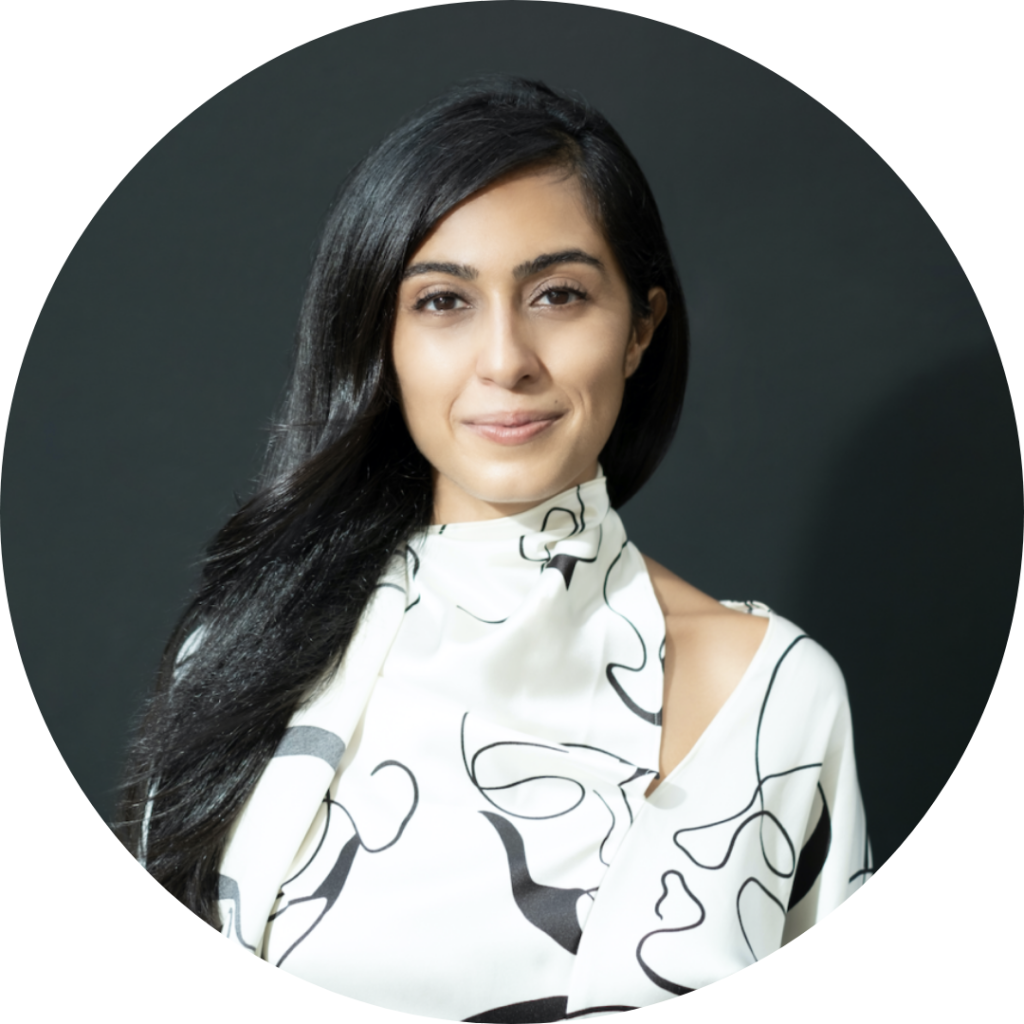
Share this article: